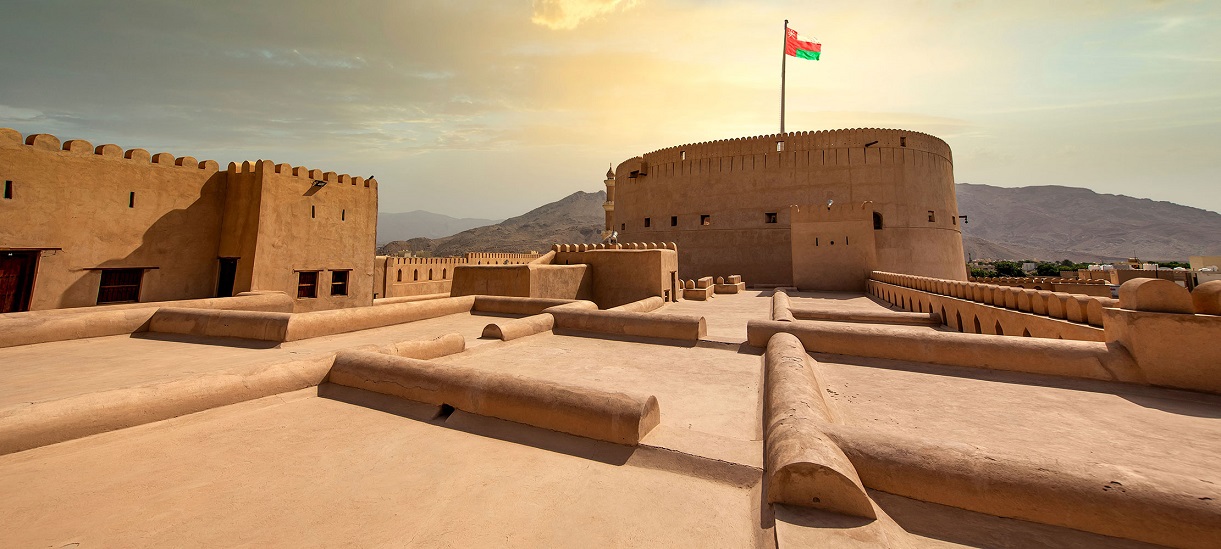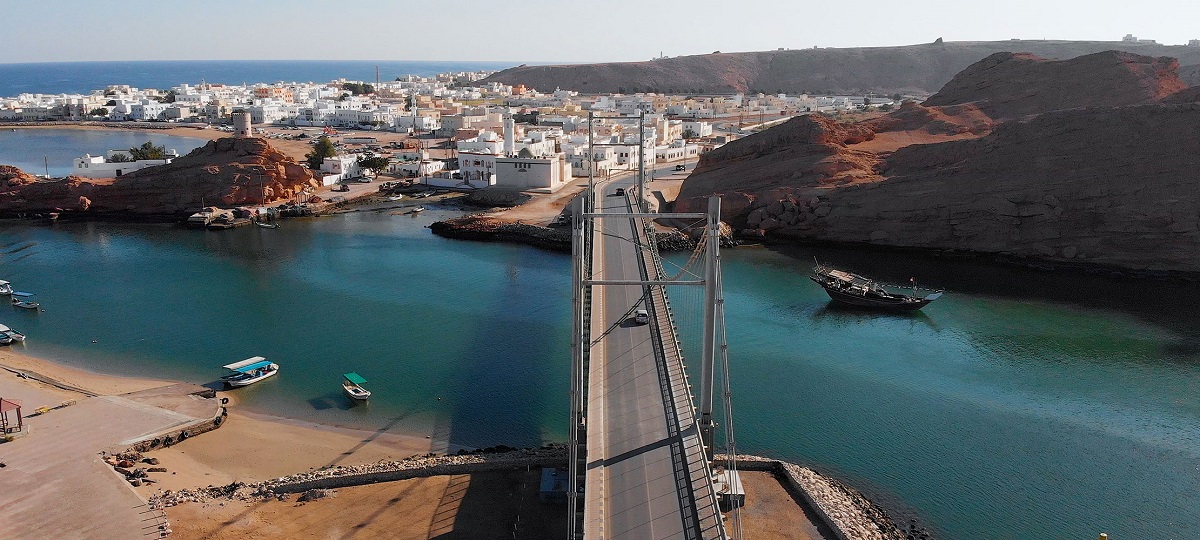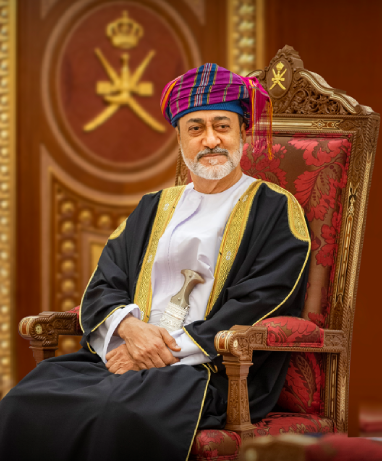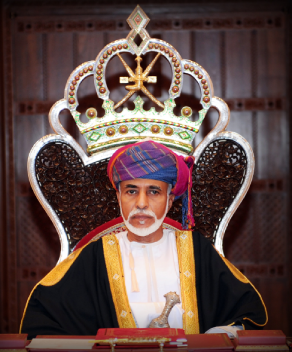History, Civilization and Culture
Cultural and Historical Heritage

Throughout the different epochs of the ancient history, Oman was known for its maritime leadership and close historical connection with the civilizations of the ancient world. In certain epochs, Oman was also an influential naval, political, commercial and cultural force. Since the beginning of the modern Omani Renaissance in 1970, the Omani government has paid great attention to maintaining its tangible and intangible cultural heritage as the government believes in the importance of heritage as one of the essential components of the Omani identity. History books recount the influx of many of the Arab tribes to Oman to settle since ancient times. Historical sources mention that the first major migrations were led by Malik bin Fahm al-Azdi at the end of the first century.
Oman Name
Literature review show that Al-Azd called Oman by this name because their homes were on a valley called Oman in Ma’rib. Linnaeus, one of the oldest Roman historians who lived in the first century, mentioned “Oman” in his writings. Also, “Oman” was mentioned by Ptolemy, who lived in the second century. Grohman thinks that the “Oman” mentioned by these two historians is Sohar, which was the most important economic center in the region in the classical era. Oman had other names throughout history:
Majan
The Sumerians and the countries of Mesopotamia called Oman “Majan” or Jabal al Nahas. The name indicates the strategic importance of this place and its natural resources, especially copper and precious stones.Mazoon
The Persians named Oman as "Mazoon”, which derives from “Muzn”, meaning clouds and abundant flowing water. Perhaps this explains the rise and prosperity of agriculture in Oman since ancient times, and the stability and civilization that accompanied it.Modern Renaissance

On July 23, 1970, a new dawn shone over Oman when His Majesty the Late Sultan Qaboos bin Said - may Allah rest his soul in peace - assumed power. Under His Majesty’s wise leadership, Oman initiated its modern renaissance march and gradually started regaining its ancient glorious past. The Late Sultan Qaboos - may Allah rest his soul in peace - laid the foundations of a modern state that is based on balanced and sustainable development. On January 11, 2020, His Majesty Sultan Haitham bin Tariq came to the throne in a swift transition, succeeding Sultan Qaboos. From the early days of his glorious reign, His Majesty Sultan Haitham bin Tariq started laying a solid economic base that would create a conducive environment to develop the rest of the sectors. His Majesty has also paid special attention to young people and also laid down the constants of Oman's foreign policy, which is based on peaceful coexistence between nations and people, good neighborliness, non-interference in the internal affairs of others, and respect for the sovereignty of other states.
Renewed Renaissance

His Majesty Sultan Haitham bin Tariq
His Early days:
His Majesty Sultan Haitham bin Tariq was born in Muscat on the eleventh of October 1955. He received his primary education at Al Saidiya School in Muscat. In middle school, he joined one of the Lebanese schools "Brummana High School". Afterwards, he went to the United Kingdom to continue his secondary school and higher education at one of the most prestigious universities in the world, Oxford University, Pembroke College.
His Interests:
His Majesty has varied interests including sports, as he chaired the first Omani Football Association from 1983 to 1986. This phase witnessed the establishment of many regulatory aspects in the sector of football and sport clubs in Oman. During this period, the Sultanate of Oman hosted the seventh Gulf Cup championship. His Majesty also chaired the organizing committee for the Second Asian Games (Asiad), hosted by Oman in 2010.
His Achievements:
During his career, His Majesty received several royal awards. In March 2001, he was awarded the Grand Medal of Honor for Services, rendered by the Republic of Austria. In December 2006, he received the Necklace of the Order of Abdulaziz Al Saud. Moreover, he received the Honorary Knight Grand Cross of the Royal Victorian Order (GCVO) from the United Kingdom, in November 2010, and Al Russoukh Medal, from Sultan Qaboos bin Said - may Allah rest his soul in peace – in the same period, in addition to Al Said Medal, the Oman Medal, and the Omani Renaissance Medal.
His Positions:
Sultan Haitham bin Tariq held several positions throughout his career. He served as the Undersecretary of the Ministry of Foreign Affairs for Political Affairs from 1986 to 1994, then, Secretary-General of the Ministry of Foreign Affairs (1994–2002). From 2002 to 2020, His Majesty held the position of the Minister of Heritage and Culture. In addition, he chaired several committees, the most important of which was the main committee for Oman Vision 2040.
On 11th January 2020, through a swift transition of power, His Majesty Sultan Haitham bin Tariq came to the throne, succeeding the late Sultan Qaboos bin Said bin Taimur - may Allah rest his soul in peace.

Sultan Qaboos bin Said
His Birth
Sultan Qaboos bin Said - may Allah rest his soul in peace - was born on 18 November 1940 in Salalah city, Dhofar Governorate. He is the eighth Sultan of Oman in the direct line of Al Busaid family, which was founded by Imam Ahmed bin Said in 1744.
His Education
His Majesty Sultan Qaboos, may Allah rest his soul in peace, began his first stages of education in Oman. Afterwards, his father, Sultan Said bin Taimur, sent him to England in September 1958, to complete his education. He spent two years in a private educational institution in Suffolk. In 1960, he joined The Royal Military Academy Sandhurst, as an officer candidate. After two years, he graduated and joined the command of one of the British infantry battalions operating at the time in West Germany, which is the first battalion - The Cameronians (Scottish Rifles) for six months. After that, he studied local government systems and administrative affairs, and then toured the world to learn about different regimes. In 1964, he returned to the Sultanate of Oman and spent most of his time learning more about the sciences of Islamic law and Oman’s history and culture.
His Hobbies and Interests
His Majesty Sultan Qaboos had a variety of hobbies and interests. He was a skilled horse rider interested in horses and some sports such as shooting, walking and tennis. He was also an ardent book reader especially on history, politics and science. He was also interested in photography, music, astronomy, and planet observation. His Majesty also paid special attention to preserving the Omani environment.
His Contributions
His Majesty had several cultural and civilizational contributions in several fields such as environment, culture, arts, literature, volunteer work and various scientific fields at the local, regional and international levels. He is internationally recognized for promoting the values of tolerance and peaceful coexistence among the countries of the world, including the announcement of Sultan Qaboos' project for the humanitarian author on November 16, 2019.